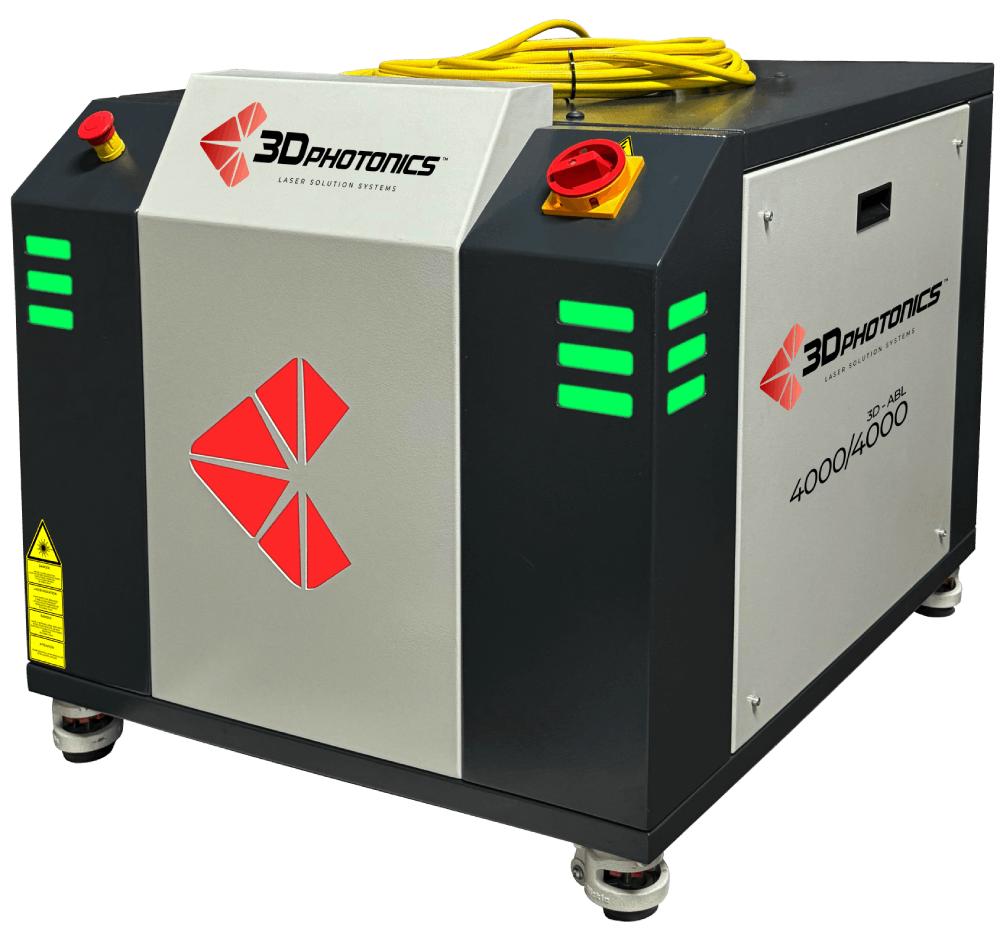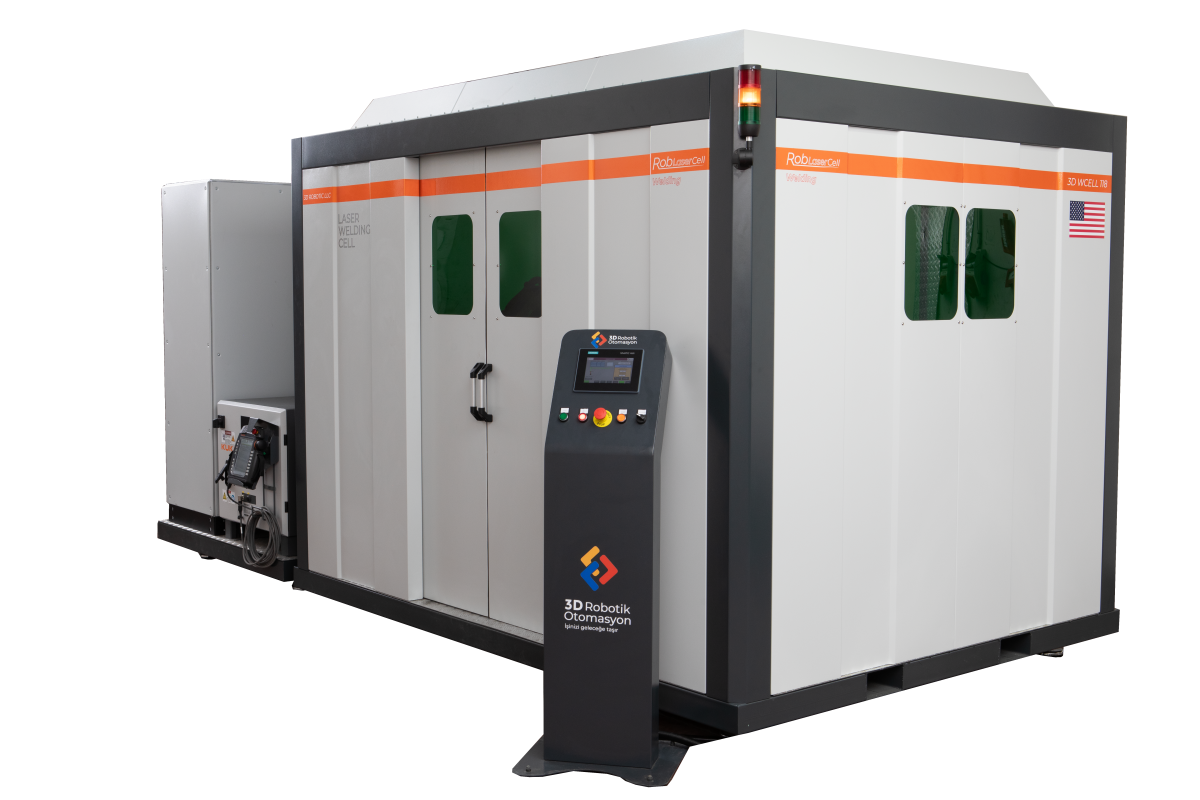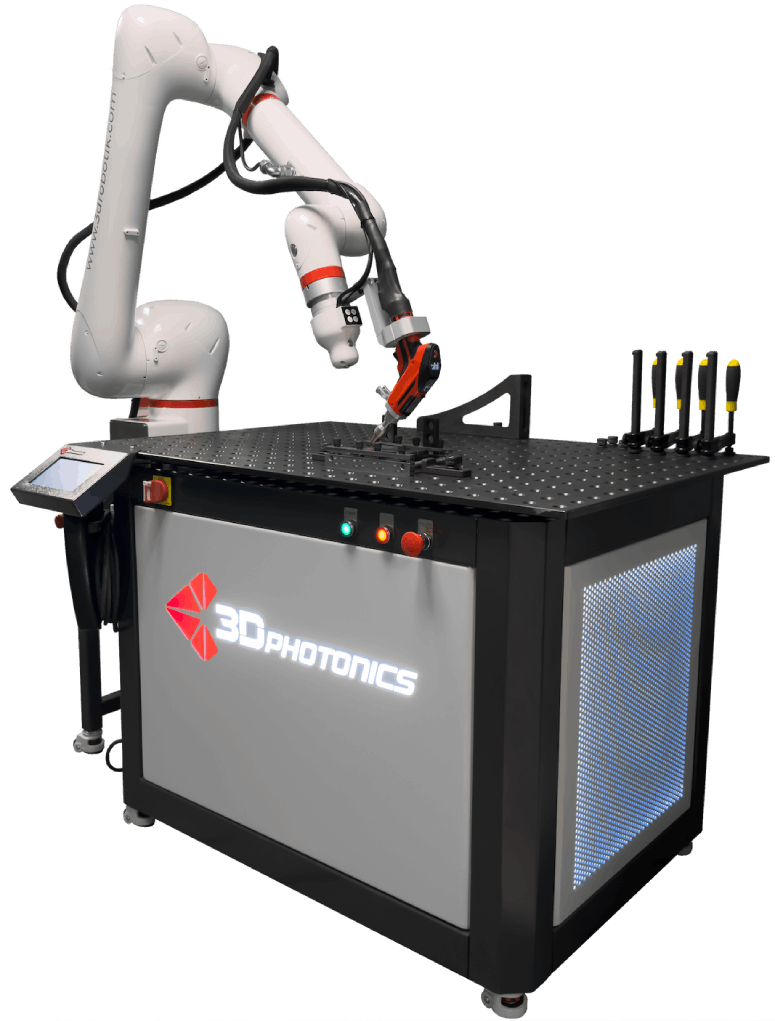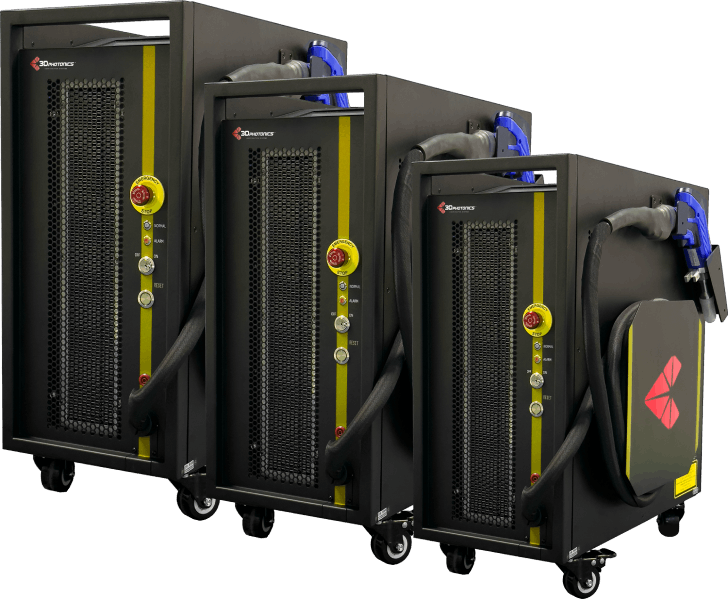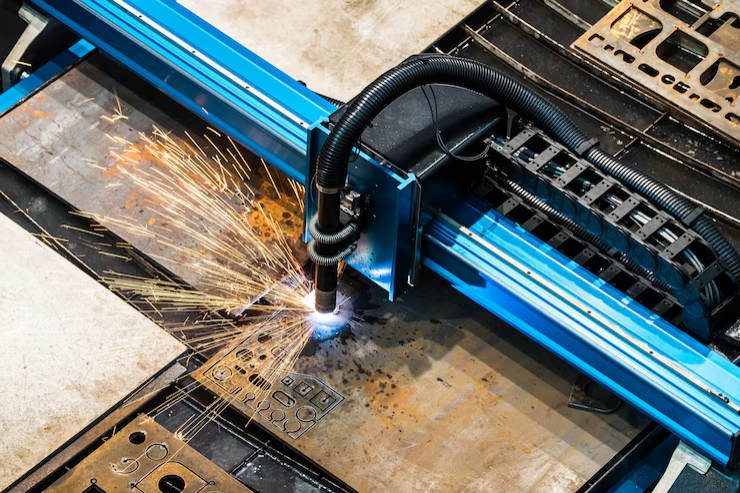
Laser welding systems deliver speed, precision, and consistency—especially when integrated with automation. But like any machine, they’re prone to faults. For industrial laser welding lines, detecting errors in real-time and performing preventive maintenance are essential to avoid costly downtimes. This guide explains how to keep your systems running smoothly.
Common Error Sources in Automated Laser Lines
In laser welding machine environments, common issues stem from mechanical wear, misalignment, software glitches, or environmental factors.
Typical errors include:
- Laser optics contamination reducing beam power
- Robotic arm misalignments
- Cooling system flow issues
- Sensor or communication errors
How Is Real-Time Error Detection Achieved?
Modern automation lines include smart sensors and monitoring software that detect anomalies during or before the process, preventing defective output or system halts.
| Sensor Type | Detected Problem |
|---|---|
| Laser power sensor | Sudden beam energy drops |
| Thermal camera | Overheating due to cooling failure |
| Vision system | Weld seam inconsistencies |
Why Is Preventive Maintenance Critical?
Performing maintenance before a fault occurs helps extend equipment lifespan and avoids unplanned halts—especially in high-speed production environments.
Benefits of preventive maintenance:
- Reduces unplanned downtime
- Lowers spare parts and labor costs
- Maintains consistent product quality
- Ensures continuous operations
Example Maintenance Schedule
A basic monthly maintenance plan for a laser welding line might include:
| Task | Frequency |
|---|---|
| Clean laser lens | Weekly |
| Check coolant level | Biweekly |
| Calibrate robotic arm | Monthly |
| Review spare parts | Quarterly |
Detect Early, Maintain Smart, Produce Continuously
Success in automated laser welding lines depends not just on the technology, but on the systems that support it. With real-time diagnostics and structured maintenance, you can achieve maximum uptime and efficiency.
Frequently Asked Questions
Can all laser welding systems detect errors?
Most modern robotic, CNC, and cobot systems support built-in or add-on diagnostics.
Are extra sensors needed for detection?
Not always. Many systems come with integrated sensors. Add-ons are available for older setups.
How often should maintenance be done?
Based on usage, weekly, monthly, and quarterly intervals are recommended.
What issues can preventive maintenance avoid?
Power drops, robot misalignment, cooling faults, and optic contamination can all be prevented.
- Operator Training in Handheld Laser Welding: How It Impacts Efficiency
- Error Detection and Preventive Maintenance in Automated Laser Welding Lines
- Fume and Particle Filtration in Laser Welding: What to Know for Workplace Safety
- AI-Driven Manufacturing with Photonics: Possibilities and Applications
- Next-Generation Solutions in Industrial Laser Cooling Technologies
- Is Zero-Loss Possible with Energy-Efficient Laser Production Lines?
- Laser Marking or RFID? Advantages of Traceability Technologies
- How Do Automatic Wire Feeding Systems Work in Laser Welding?
- Deep Penetration and Thermal Balancing in Fiber Laser Welding Technology
- Fast Production Advantage with Handheld Laser Welding Machines
- 5 Technical Criteria Defining Quality in Laser Systems
- How to Improve Energy Efficiency with Laser Welding?
- Photonics and Automation: Your Guide to Smart Manufacturing
- Product Protection Against Counterfeiting with Laser Marking Systems
- Can Handheld Laser Welders Reach Tight Spaces?
- Choosing Industrial Laser Systems: Power, Efficiency, and Compatibility
- The Role of Cooling Systems in Laser Welding Technology
- Why is Photonics Important? A Rapidly Growing Industry in Turkey and the World
- Handheld Laser Welding: Why It's the Smart Choice for Mobile Applications
- What is Laser Marking? Permanent and Secure Tracking in Production
- Laser Welding Systems: The New Standard in Metal Joining
- Revolutionizing Manufacturing with Photonics Technology: Light that Shapes the Future
- Things to Consider When Using Handheld Laser Welding Machines
- How to Achieve High-Precision Manufacturing with Laser Systems?
- What is Handheld Laser Welding? How Portable Power Transforms Industry
- 3D Photonics Successfully Unveils ABL-SM Laser Series at AMC 2025!
- 3D Photonics Named Platinum Sponsor at AMC 2025 Conference
- Why Choose 3DPhotonics? Strong Technology Partnership for Your Projects
- From Education to Industry: Fields Covered by Photonic Technologies
- Is Sustainable Production Possible with Laser and Photonic Solutions?
- Is Micron-Level Processing Possible with Lasers? How It's Achieved
- Recent Developments in Fiber Laser Technology
- 5 Key Factors That Define Quality in Optical Systems
- What Is Laser Marking? Permanent and Reliable Traceability Solutions
- Using Spectrometers in Industrial Applications
- Laser Cutting vs CNC: A Comparative Guide
- Optical Solutions in 3D Manufacturing: The Power of Precision
- The Role of Laser in the Defense Industry: Next-Generation Security Technologies
- What Are Optical Filters Used For? The Impact of Right Selection on Production
- FABTECH Chicago, September 8-11, 2025
- 3D Photonics at FABTECH 2024: Showcasing Advanced Laser Technologies for Industrial Applications
- 3D Photonics Showcases Innovative Laser Solutions at EUROBLECH 2024
- What is Photonics?
- Robot Investments Summit | 20-23 December | Istanbul
- 16. Blechexpo | 7 - 10 November | Messe Stuttgart

